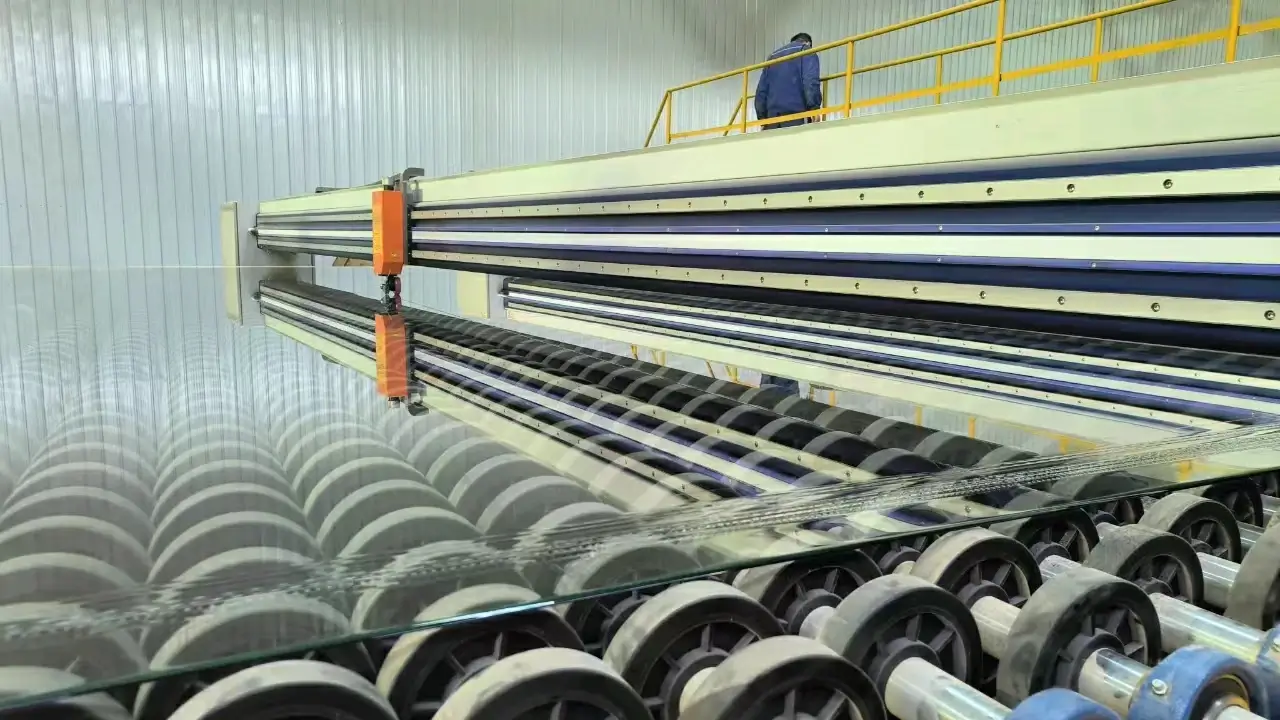

Low-E2 glass, or low-emissivity glass, is an innovative material that has transformed the world of construction and energy efficiency. This specialized type of glass is designed to minimize the amount of infrared and ultraviolet light that can pass through it while still allowing visible light to shine through. In recent years, Low-E2 glass has gained popularity for both residential and commercial buildings due to its remarkable insulation properties and ability to improve energy efficiency.
One of the most significant benefits of Low-E2 glass is its capability to reduce energy consumption. By reflecting radiant heat back into a building during the winter months and blocking it during the summer, Low-E2 glass helps maintain a consistent indoor temperature. This leads to reduced reliance on heating and cooling systems, resulting in lower utility bills and a smaller carbon footprint. In fact, buildings equipped with Low-E2 glass can demonstrate energy savings of 30% to 40% compared to those using traditional glass.
In terms of aesthetics, Low-E2 glass offers various options for homeowners and architects. It comes in different tints and coatings, allowing for customization that aligns with the desired architectural style and environmental needs. This flexibility means that Low-E2 glass can fit seamlessly into any design while providing the underlying benefit of energy efficiency.

The installation of Low-E2 glass can also enhance a building's resale value. As energy efficiency becomes a growing concern for prospective buyers, having a home equipped with this advanced glass can be a significant selling point. Potential buyers are often willing to invest in properties that promise lower operating costs and increased comfort.
Moreover, Low-E2 glass is an environmentally friendly choice. By decreasing energy consumption, it contributes to reduced greenhouse gas emissions. As the world moves toward more sustainable building practices, options like Low-E2 glass offer a practical solution for reducing the environmental impact of buildings.
In summary, Low-E2 glass represents a significant advancement in building materials, combining energy efficiency, comfort, and aesthetics. Its ability to regulate temperature, protect interiors, and enhance property value makes it an ideal choice for modern construction. As awareness of sustainability continues to grow, the demand for Low-E2 glass is likely to increase, paving the way for a more energy-efficient future.